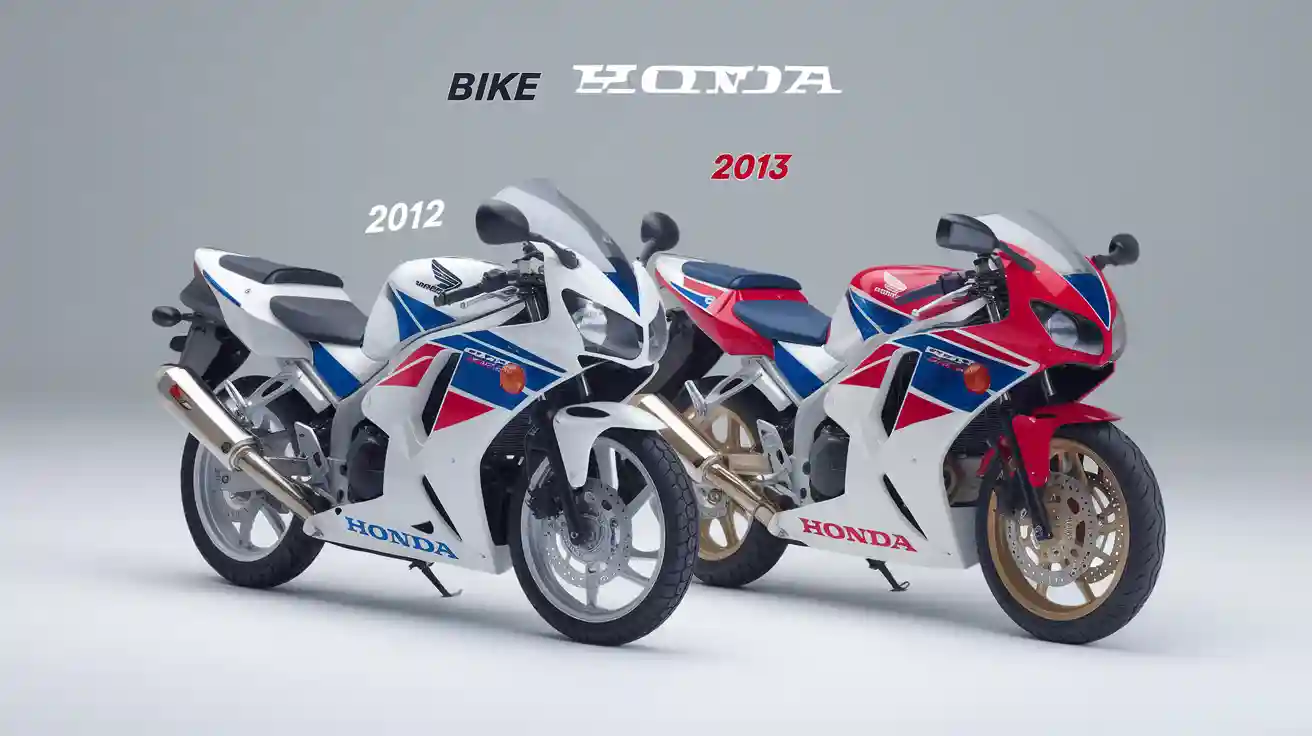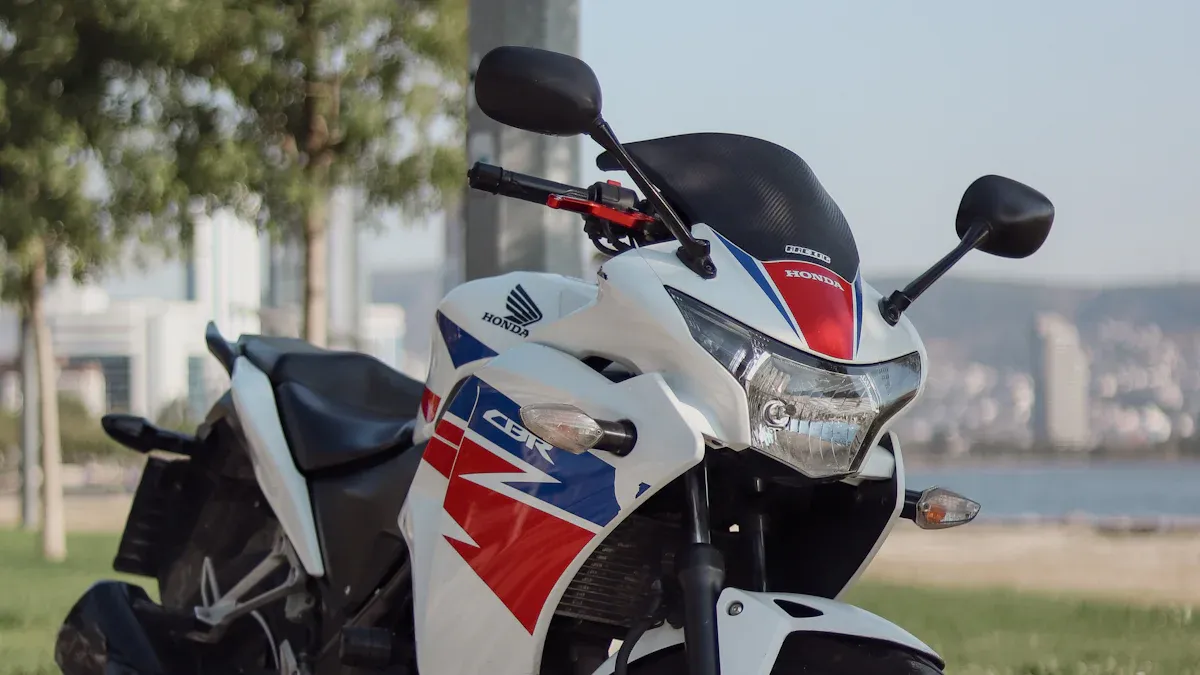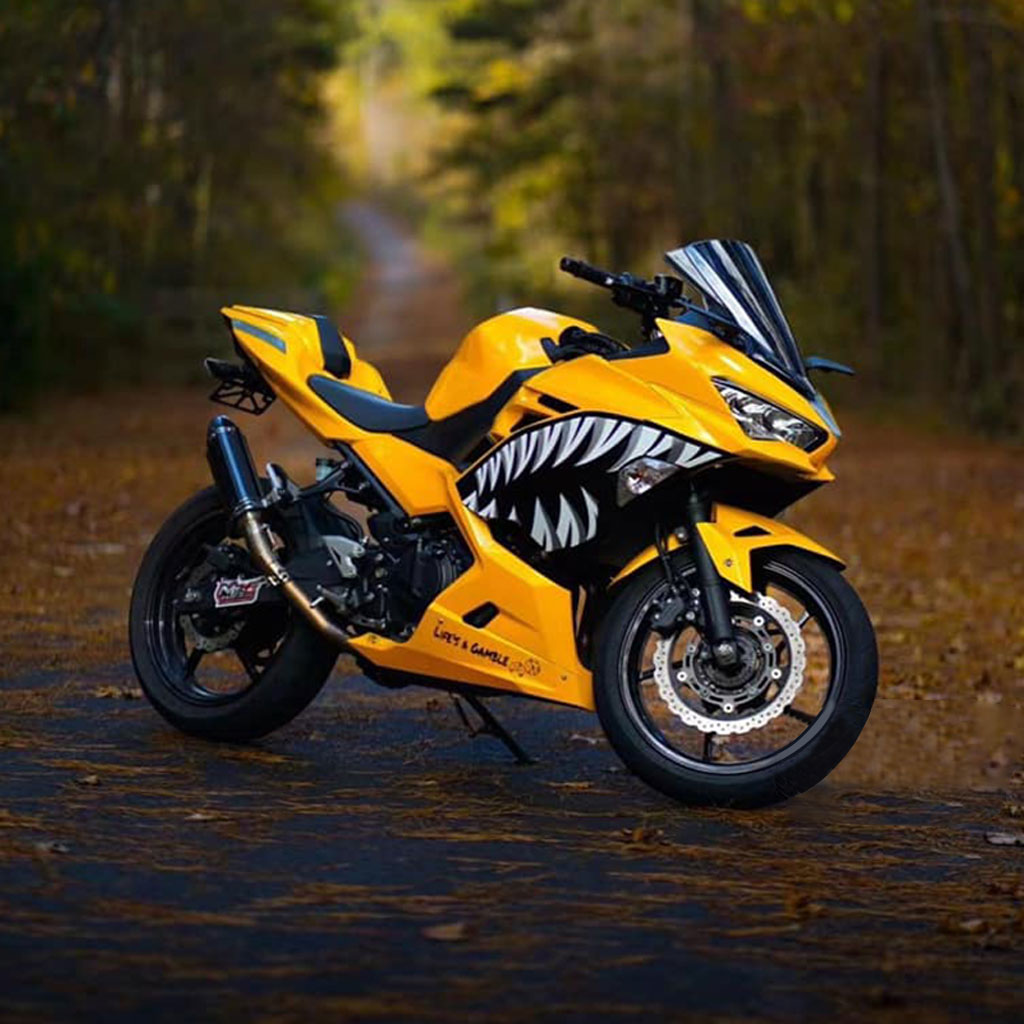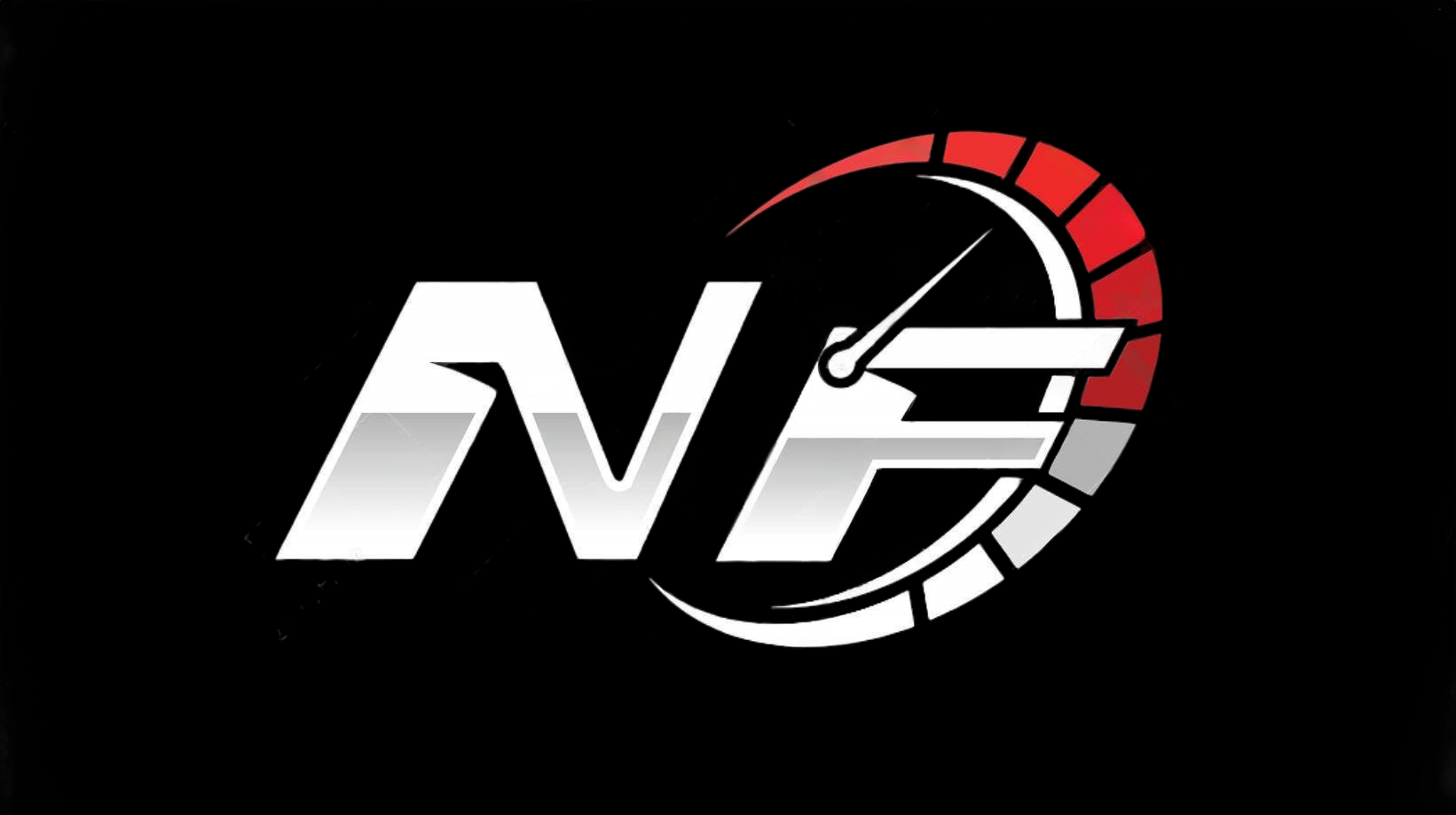What Changed from the 2012 to 2013 Honda CBR 250cc Sport Bikes

The honda cbr 250cc 2012 marked an important step in the generation of lightweight sport bikes. For the 2013 model, honda introduced several updates to the cbr250r, making it stand out in the latest model generation. Riders noticed a new black exhaust cover and black wheels across all color schemes, plus a fresh Repsol livery. The 2013 honda cbr250r kept the same 249cc engine as the previous generation, maintaining its history of reliable performance. A major change included the addition of ABS as an option on most models, boosting safety for this generation.
| Aspect | 2012 Honda CBR250R | 2013 Honda CBR250R Changes and Features |
|---|---|---|
| Design | Standard color schemes, wheels, and exhaust cover | New black exhaust cover, black wheels, new Repsol livery |
| Braking System | No ABS available | ABS option added (standard on Repsol edition) |
Design and Styling Updates on honda cbr 250cc 2012 vs 2013 honda cbr250r
Bodywork and Ergonomics Changes
Honda continued the same bodywork design from the previous generation for the 2013 cbr250r. The fairings, tank shape, and seat height remained unchanged. Riders experienced the same comfortable upright seating position that made the model popular among beginners and commuters. The handlebars and footpeg placement provided a balanced riding posture. This approach allowed Honda to maintain the trusted ergonomics that defined the generation. The 2013 model did not introduce any major changes to the frame or body panels. Riders who appreciated the feel of the honda cbr 250cc 2012 found the 2013 version familiar and easy to handle.
New Color Options and Graphics
The most noticeable update for the 2013 generation came from the expanded color palette. Honda introduced several new factory color options, including Pearl White/Blue/Red, Red and Black, and a special Repsol edition. The Repsol edition, inspired by Honda’s MotoGP racing team, attracted many fans of the sport. This edition appeared only on the standard model without ABS, making it a unique offering for collectors and enthusiasts. The 2012 model did not feature these bold color schemes. The new graphics and paint options gave the 2013 cbr250r a fresh look, helping it stand out in the lightweight sport bike segment. Riders could now choose a style that matched their personality, which added excitement to the generation.
Note: The expanded color and graphic options represented the primary visual update for the 2013 cbr250r. Honda did not make significant mechanical or structural changes to the bodywork during this generation.
Updates to Badging and Visual Details
Honda made subtle updates to the badging and visual details for the 2013 generation. The new black exhaust cover and black wheels appeared across all color schemes, giving the bike a more aggressive and modern appearance. These changes helped the 2013 model look more refined compared to the previous generation. The Repsol edition also featured unique decals and branding, which set it apart from other trims. The placement and style of the Honda logo remained consistent, ensuring brand recognition. These visual tweaks, while minor, contributed to the overall appeal of the 2013 cbr250r and reinforced Honda’s commitment to evolving the generation’s style.
cbr250r Performance and Engine Comparison

Engine Specifications and Output
Honda designed both the honda cbr 250cc 2012 and the 2013 cbr250r with a focus on reliability and efficiency. The engine in both models belongs to the same generation and features a fuel-injected 249cc dohc single-cylinder layout. Riders benefit from liquid cooling and a four-valve-per-cylinder setup, which helps maintain consistent performance during daily use. The following table highlights the key engine specifications for both years:
| Specification | 2012 Model | 2013 Model |
|---|---|---|
| Engine Displacement | 249.4 cc | 249.4 cc |
| Compression Ratio | 10.7:1 | 10.7:1 |
| Bore | 76 mm | 76 mm |
| Stroke | 55 mm | 55 mm |
Both models share identical engine displacement, compression ratio, bore, and stroke. Honda did not introduce any mechanical changes to the engine for the 2013 generation. Riders can expect the same dependable performance from either year.
Power and Throttle Response Differences
When comparing power output, the cbr250r models from both years deliver similar results. The 2012 model produces a claimed 26 horsepower at 8,500 rpm, while the 2013 version offers about 25 ps (approximately 24.6 horsepower) at the same engine speed. Torque figures remain close as well, with the 2012 model providing 16.8 ft/lb at 7,000 rpm and the 2013 model generating 2.3 kgf·m (23 N·m) at 7,000 rpm.
| Model Year | Horsepower | Torque |
|---|---|---|
| 2012 | 26 hp @ 8500 rpm (claimed), 23 hp @ 8500 rpm (dyno) | 16.8 ft/lb @ 7000 rpm (claimed), 16 ft/lb @ 6500 rpm (dyno) |
| 2013 | 25 ps (~24.6 hp) @ 8500 rpm | 2.3 kgf·m (23 N·m) @ 7000 rpm |
Honda tuned both models for smooth throttle response, making them ideal for new riders and city commuting. The acceleration feels predictable and manageable, which helps riders build confidence. The generation’s consistent power delivery ensures that both the 2012 and 2013 cbr250r provide a similar riding experience.
Note: Riders looking for significant changes in engine performance or throttle feel between these two years will not find major differences. Honda focused on maintaining the proven characteristics of the generation.
Exhaust System and Sound
Honda equipped both the 2012 and 2013 cbr250r with a compact exhaust system designed for efficiency and low emissions. The 2013 generation introduced a new black exhaust cover, which gave the bike a more modern appearance. However, the internal design and sound profile of the exhaust remained unchanged. Riders will notice the same sporty yet quiet exhaust note that defines this generation. The exhaust system supports the engine’s smooth power delivery and contributes to the bike’s approachable character.
Tip: The black exhaust cover on the 2013 model adds a visual upgrade, but riders should expect the same exhaust sound and performance as the previous year.
Features and Technology in honda cbr 250cc 2012 and 2013 honda cbr250r
Instrumentation and Display Updates
Both the 2012 and 2013 models feature a clear and easy-to-read instrument cluster. Riders see a large analog tachometer and a digital speedometer. The display also shows fuel level, odometer, and trip meter. Honda kept the same layout for this generation, so users do not need to learn a new system when switching between years. The backlighting remains bright, making it simple to check information during day or night rides. Riders appreciate the straightforward design, which helps them focus on the road.
Electronics and Control Improvements
Honda designed this generation to offer reliable electronics. The fuel injection system provides smooth starts and steady power in different weather conditions. The handlebar switches feel solid and respond well to input. For the 2013 generation, Honda did not add new electronic features, but the controls remain user-friendly. Riders can easily operate the lights, horn, and turn signals. The electronic systems in both years support the dependable reputation of this generation.
Note: The electronics in this generation focus on simplicity and reliability, making them ideal for new riders.
Safety Enhancements and ABS
Safety stands out as a key improvement in the 2013 generation. Honda introduced an Anti-lock Braking System (ABS) as an option for most models. The ABS helps prevent wheel lock-up during sudden stops, which increases rider confidence. In the 2012 model, ABS was not available. The 2013 generation also includes a bright headlight and strong taillight for better visibility. These features show Honda’s commitment to safety in this generation.
| Model Year | ABS Option | Headlight | Taillight |
|---|---|---|---|
| 2012 | No | Yes | Yes |
| 2013 | Yes | Yes | Yes |
Tip: Riders who want extra safety should look for the 2013 generation with ABS.
Handling and Ride Experience on cbr250r Models
Suspension and Comfort
Honda designed the suspension setup for the cbr250r generation to deliver a balance of sporty handling and everyday comfort. Both the 2012 and 2013 models use 37mm front forks and a Pro-link single rear shock. Riders can adjust the rear shock through five preload positions, which helps tailor the ride to different weights or preferences. The seat height remains at 30.9 inches, and the handlebars and foot controls sit in positions that support a relaxed yet sporty posture. Many riders report that this generation feels comfortable for long rides, with no major complaints about fatigue. Honda did not change the suspension or comfort features between these two years. The 2013 model only brought minor cosmetic updates, so the ride quality and comfort level remain consistent across both models in this generation.
Riders who value comfort for daily commuting or longer trips will find both years of this generation equally suitable.
Braking System Comparison
Honda improved the braking system for the 2013 generation by introducing an optional combined ABS. This feature helps prevent wheel lock-up during sudden stops, especially on slippery roads. The 2012 models do not offer ABS, so riders rely on standard disc brakes. Both generations use a single front disc and a single rear disc, which provide reliable stopping power for a lightweight sport bike. The addition of ABS in 2013 gives riders more confidence, especially those new to sport bikes. Honda’s focus on safety in this generation stands out as a key improvement.
Tire and Wheel Updates
The tire sizes for both the 2012 and 2013 Honda models remain the same. Riders use a 110/70-17 tire in the front and a 140/70-17 tire in the rear. Honda did not introduce new tire or wheel options for the 2013 generation. The only visual update comes from the black wheels added in 2013, which give the bike a modern look. The unchanged tire setup ensures that handling characteristics stay consistent across both years. Riders can expect the same grip and stability from either model in this generation.
Note: The black wheels on the 2013 model enhance the appearance but do not affect performance or handling.
Pricing and Value: honda cbr 250cc 2012 vs 2013 honda cbr250r
MSRP and Cost Differences
Honda set competitive prices for both the honda cbr 250cc 2012 and the 2013 cbr250r. The 2012 model entered the market with an MSRP around $4,099 for the standard version. The 2013 generation started at a similar price point, but the addition of ABS raised the cost for some trims. Buyers paid about $500 more for ABS-equipped models. The Repsol edition, exclusive to the 2013 generation, also carried a slight premium. The table below shows the typical pricing for each model year:
| Model Year | Standard MSRP | ABS MSRP | Special Edition MSRP |
|---|---|---|---|
| 2012 | $4,099 | N/A | N/A |
| 2013 | $4,199 | $4,699 | $4,799 (Repsol) |
Note: Prices may vary by dealer and region. Honda often adjusts pricing based on demand and inventory.
Value-Added Features
Honda improved the value proposition for the 2013 generation. The most important upgrade involved the introduction of ABS, which increased safety for new riders. The new color options and black wheels gave the bike a fresh look. The Repsol edition added exclusive graphics and branding, appealing to fans of Honda’s racing heritage. Buyers received more choices and features without sacrificing reliability. The generation’s reputation for low maintenance costs and strong fuel economy remained unchanged.
Key value-added features in the 2013 generation:
- ABS option for enhanced safety
- Expanded color palette and graphics
- Repsol edition for collectors
- Black wheels and exhaust cover for modern style
Warranty and Support Changes
Honda continued to offer a standard one-year, unlimited-mileage warranty for both generations. Owners could extend coverage through HondaCare Protection Plans. The support network remained strong, with dealers providing parts and service across the country. Honda’s reputation for reliability and customer care helped both generations retain value over time. The warranty terms did not change between the honda cbr 250cc 2012 and the 2013 cbr250r, ensuring peace of mind for buyers.
Tip: Buyers should check with local Honda dealers for the latest warranty offers and support programs.
Model Variants and Options for cbr250r
ABS Availability and Options
Honda expanded the options for the cbr250r generation in 2013. The 2013 models offered ABS as an optional feature on most versions. Riders could choose between standard braking or the added safety of ABS. The ABS system helped prevent wheel lock-up, especially in wet or slippery conditions. However, the repsol edition did not include ABS. This made the repsol model unique among the 2013 lineup. The 2012 models did not have ABS as an option, so the 2013 generation marked a step forward in safety features.
Special Editions and Trims
The 2013 generation introduced the repsol edition, which was not available in 2012. This special trim paid tribute to Honda’s MotoGP racing team. The repsol edition featured a bold orange, red, and white color scheme, along with Honda Racing Corporation logos and repsol-orange wheels. Riders who wanted a bike that stood out often chose this edition. The repsol edition came only as a standard model, without ABS. Other trims for 2013 included Black, all-Red, and Pearl White/Blue/Red, each with black wheels and a new black exhaust cover. These updates gave the generation a fresh and modern look.
The repsol edition became a favorite for collectors and fans of Honda’s racing heritage.
Notable Model Differences
The main differences between the 2012 and 2013 cbr250r models centered on options and styling. The 2013 generation added ABS for most models, except the repsol edition. The repsol edition itself was a new addition, offering exclusive graphics and branding. All 2013 models received a black exhaust cover, while non-repsol models also featured black wheels. The engine and core mechanical parts stayed the same across both years. Riders looking for more choices and a sportier appearance found the 2013 generation more appealing.
- 2013 models: ABS available (except repsol edition), new color options, black wheels, black exhaust cover
- repsol edition: unique colors, special logos, no ABS option
Honda made notable updates to the cbr250r for 2013, including new color options, black wheels, and the introduction of ABS. Riders saw the Repsol edition join the lineup, adding excitement to the model’s history. Those who value safety and modern styling may prefer the 2013 honda cbr250r. The 2012 version still offers reliable performance and continues the history of Honda’s lightweight sport bikes.
- 2013 model: best for riders seeking advanced safety features.
- 2012 model: ideal for those who want classic Honda reliability.
FAQ
What is the main difference between the 2012 and 2013 Honda CBR250R?
The 2013 model offers ABS as an option, new color schemes, and black wheels. The 2012 model does not have ABS or the updated styling. Both models use the same engine and frame.
Does the 2013 Honda CBR250R Repsol edition include ABS?
No, the Repsol edition does not offer ABS. Only the standard and other trims in 2013 provide ABS as an option. The Repsol edition stands out with unique graphics and colors.
Are the maintenance costs different between the two years?
Maintenance costs remain similar for both years. Honda uses the same engine and mechanical parts in both models. Owners can expect affordable service and easy access to replacement parts.
Which model is better for new riders?
The 2013 model suits new riders better because of the available ABS. ABS helps prevent wheel lock-up during sudden stops. Both years offer a comfortable riding position and predictable handling.
Can owners upgrade a 2012 CBR250R to have ABS?
No, owners cannot add ABS to the 2012 model. Honda designed ABS as a factory-installed feature for the 2013 generation. Riders seeking ABS should consider the 2013 model with this option.
See Also
Best Summer Fairings For Honda CBR650R Models 2019-2023
Sportbike Fairing Progression From Honda CBR To Ducati Panigale
Top Custom Fairings Designed For Honda CBR1000RR-R Bikes

